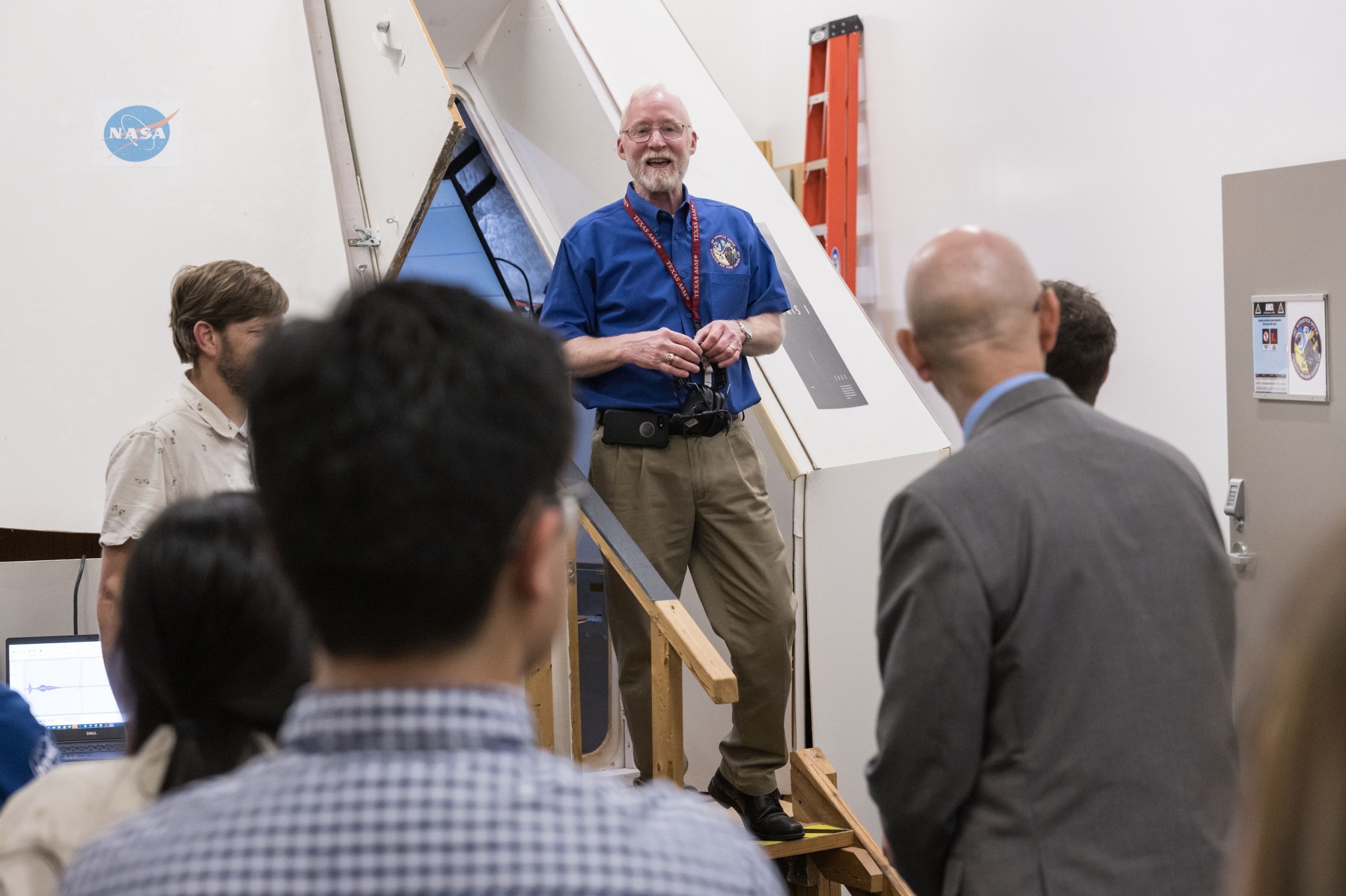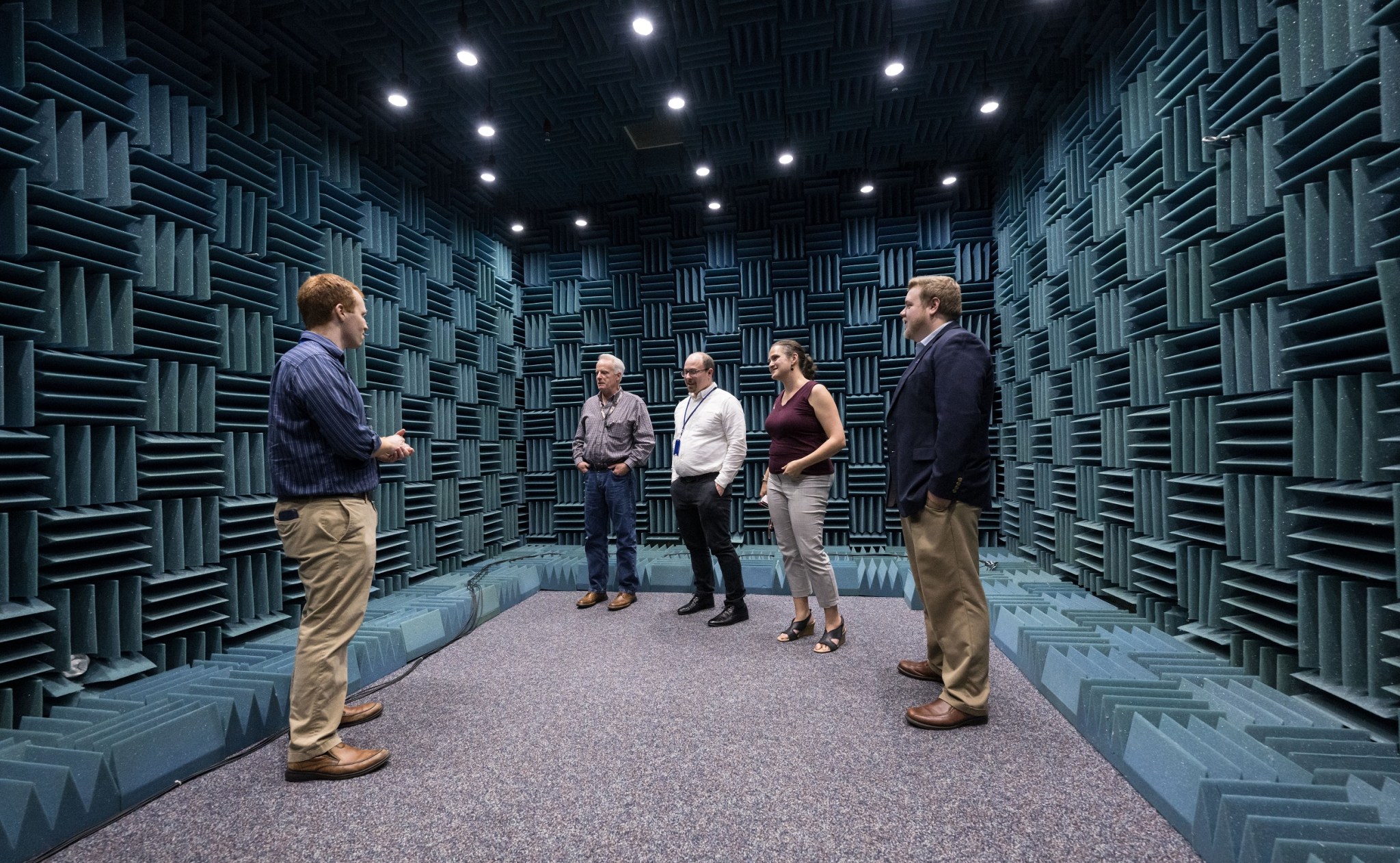
As NASA opens access to space by working with private industry, the agency is sharing its knowledge to ensure future low Earth orbit destinations consider humans as part of the systems being developed.
NASA’s experience from decades of developing and operating human spaceflight systems will help commercial companies enhance human system design, reduce lifecycle ownership cost, and optimize total system performance.
Earlier this month, the agency’s Commercial Low Earth Orbit Development Program hosted a technical interchange meeting at NASA’s Johnson Space Center in Houston. Commercial companies in attendance included Axiom Space, Blue Origin, Northrop Grumman, Sierra Space, SpaceX, Starlab Space, and Vast.
The program focused on human systems integration, an engineering process that applies knowledge of human capabilities and limitations throughout the design, implementation, and operation of hardware and software. Human systems integration at NASA covers human factors, operations, safety, training, maintainability, supportability, habitability, and environment.
“It is exciting to see the enthusiasm from industry partners to better understand the best practices of human systems integration and how to apply them on their low Earth orbit destination designs,” said Dr. Jackelynne Silva-Martinez, Human Health and Performance systems integration lead supporting NASA’s Commercial Low Earth Orbit Development Program. “We have received great feedback on how useful they have found the meeting to help with the interpretation and implementation of human requirements during their design development. Experts representing NASA technical domains shared their experiences showing that inherent integration of human capabilities and limitations is needed across the lifecycle of a project, program, and mission.”

The meeting focused on human-centered design, a development approach that focuses on making systems usable by ensuring the needs, abilities, and limitations of humans are met during the design and development phase. For future commercial destinations, this means considering users such as astronauts from NASA and other agencies as well as private spaceflight participants.
Currently, NASA is supporting the design and development of multiple commercial space stations through funded and unfunded agreements. The design and development phase will be followed by the certification of destinations and the procurement of services.
Human-centered design is an iterative process that intentionally gathers data from users and evaluations to inform designs. By implementing human systems integration considerations and processes early, companies developing future commercial space stations can minimize costs, optimize system performance, mitigate risks, and identify human performance characteristics.

NASA will continue providing best practices and offer additional meeting series to commercial partners to share knowledge that will enable a successful commercial space ecosystem.
The agency’s commercial strategy for low Earth orbit will provide the government with reliable and safe services at a lower cost and enable the agency to focus on Artemis missions to the Moon in preparation for Mars, while also continuing to use low Earth orbit as a training and proving ground for those deep space missions.
Learn more about NASA’s commercial space strategy at:































